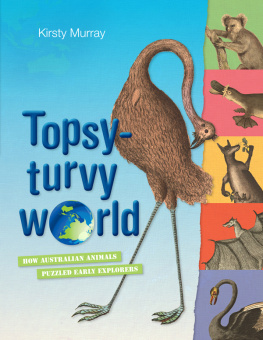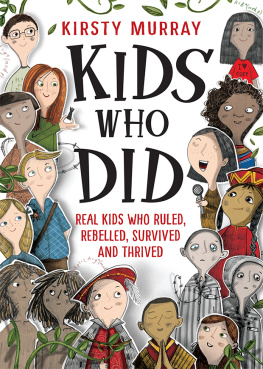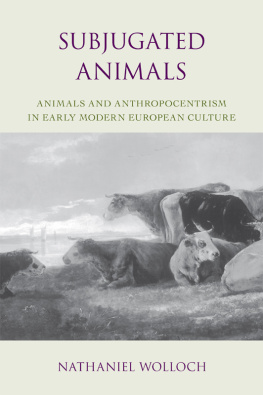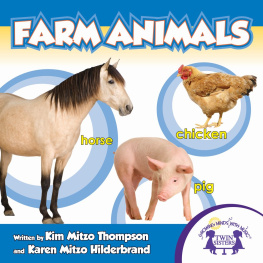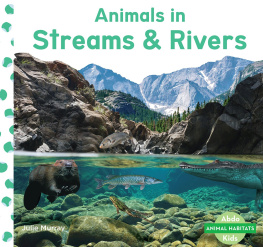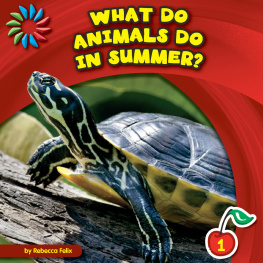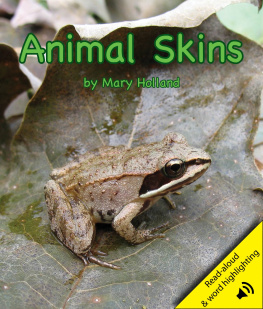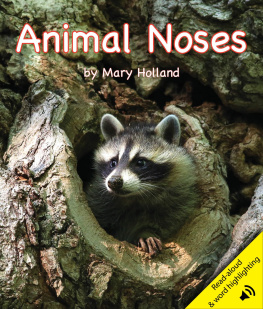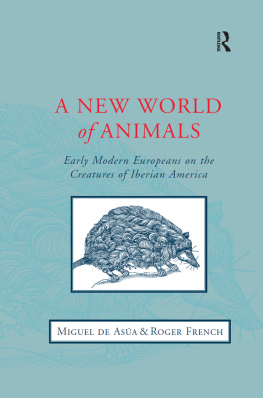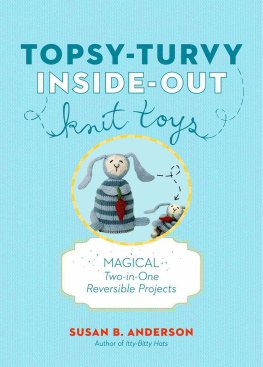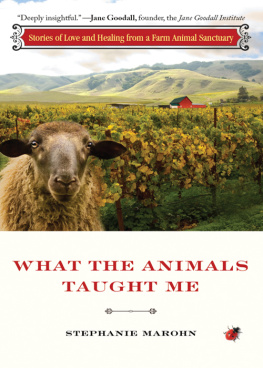Kirsty Murray
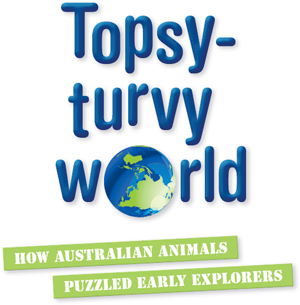
NATIONAL LIBRARY OF AUSTRALIA
Published by the National Library of Australia
Canberra ACT 2600
National Library of Australia 2012
Text Kirsty Murray
Books published by the National Library of Australia further the Librarys objectives to interpret and highlight the Librarys collections and to support the creative work of the nations writers and researchers.
This book is copyright in all countries subscribing to the Berne Convention. Apart from any fair dealing for the purpose of research, criticism or review, as permitted under the Copyright Act 1968, no part may be reproduced by any process without written permission. Enquiries should be made to the publisher.
National Library of Australia Cataloguing-in-Publication entry
Author: | Murray, Kirsty. |
Title: | Topsy-turvy world : How Australian animals puzzled early explorers/Kirsty Murray. |
ISBN: | 9780642278029 (ePub) |
Notes: | Includes index. |
Target Audience: | For primary school age. |
Subjects: | Animals--Australia--Juvenile literature. |
Europeans--Australia--Attitudes--Juvenile literature. |
Other Authors/Contributors: | National Library of Australia. |
Dewey Number: | 591.994 |
Commissioning Publisher: Susan Hall
Consultant: Penny Olsen
Editors: Susan Shortridge and Emma Gregory
Designer: Louise Dews
Image coordinator: Felicity Harmey
Research assistance: Fred Ford and Bill Geering
Production: Melissa Bush
Printed in China through Australian Book Connection
The National Library would like to thank the Teacher Librarian Jane Stanton and the children of Radford College Junior School for their help in developing this book.
Introduction
All things are queer and opposite.
Anonymous Tasmanian scientist, 1840s
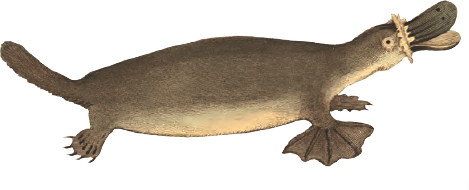
To the first Europeans who came to Australia, everything about the new land was topsy-turvy. Christmas was in summer instead of winter. Trees shed their bark instead of their leaves. The smells, sounds and tastes of the new land were nothing like Europe. Everything they assumed about the way the world was made was turned inside out and upside down.
In Australia, convicts could become policemen, beggars became rich landowners, and animals that no-one had ever imagined bounded across the landscape. Australian animals were so puzzling that European scientists questioned everything they had thought was true about the history of the natural world.
Extraordinary, intriguing, eccentric, peculiar, curious and remarkable were the words Europeans used to describe the animals of the new world. They struggled to find names for them in English. Often, they used names of animals that they knew from the old world. Dingoes were called dogs, koalas were bears, bandicoots were rats or rabbits, and echidnas were porcupines. No-one quite knew how to describe the platypus.
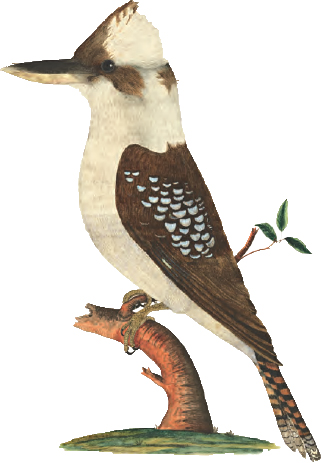
There was nothing really new about Australian animals. In fact, many species were among the most ancient and enduring animals the world had known. Aboriginal people had names for them in their own languages that were thousands of years old. For the Aboriginal people, it was the Europeans who were topsy-turvy with their pale skin and strange customs.
Eventually, after generations of children were born in Australia, the settlers grew to feel truly Australian. The topsy-turvy world had become their home.

Acknowledgments
Topsy-turvy World is based on a beautiful book for adults called Upside Down World: Early European Impressions of Australias Curious Animals (2010) by Penny Olsen. The years of research and work that Penny invested in Upside Down World made producing a version for younger readers a straightforward and pleasurable task. I am very grateful to her for providing me with such a fabulous book from which to draw inspiration and material.
Id also like to thank Susan Hall of the National Library of Australia for realising the potential of a junior version of Upside Down World. My understanding of Australia as both my home and a land of unique beauty has been enriched by working on such a great project.
Kangaroo
was known as
{KANGOOROO}
10 JUNE 1770
Joseph Banks was just nodding off to sleep when a sickening crunch made him sit bolt upright in his bed. The Endeavour shuddered and a cry of alarm went up through the ship. Banks made his way up on deck and joined the officers to hear the terrible news.
The most extraordinary and striking animal which the Southern Hemisphere has yet exhibited to our view
George Shaw
BRITISH ZOOLOGIST, 1796
Shes stuck fast upon a reef, said a sailor, his face pale.
A few moments later, the ship lurched and beat violently against the reef, as if to confirm the terrible news. The officers of the ship were cool in the face of disaster, but Banks knew they were hours from shore and everyones life was at risk. By the light of the moon he could see the wreckage of the boards and keel floating on the surface of the ocean.
The Endeavour had struck a section of the Great Barrier Reef, off the coast of what is now Queensland, and was about to be shipwrecked. Captain James Cook and his crew spent an exhausting week manning the pumps, throwing cannons overboard to lighten the ship, and carefully steering it towards shore. On 17 June 1770, Captain Cook managed to sail up a river, now called the Endeavour River, and beach his ship for repairs.
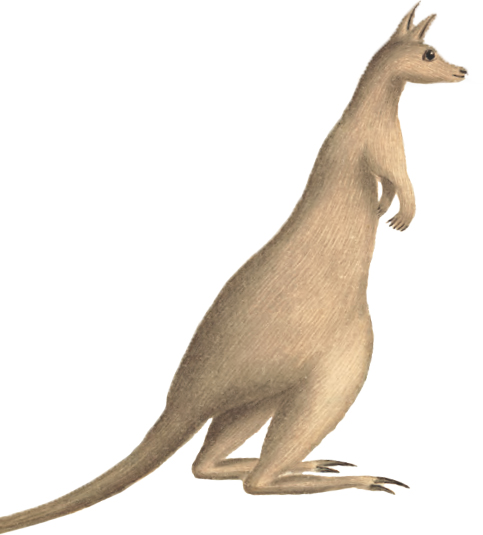
John Hunter, Governor of New South Wales, drew this picture sometime between 1788 and 1790.
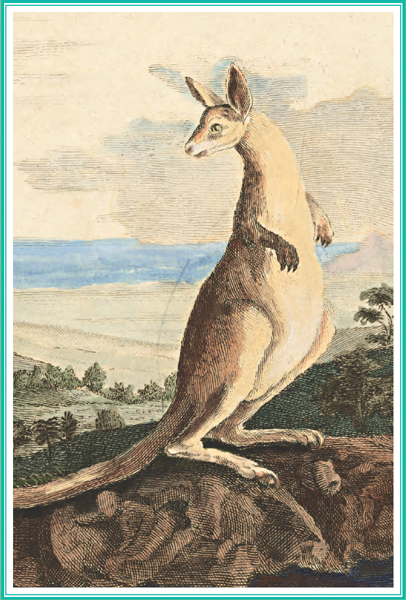
THE MYSTERIOUS GREYHOUND
While Cook supervised the repairs of the ship, Banks set about gathering plant and animal specimens. A group of men who were sent across the river to shoot pigeons returned to the camp, describing a swift, grey creature theyd seen racing into the bush. Banks made notes in his journal about the sighting.
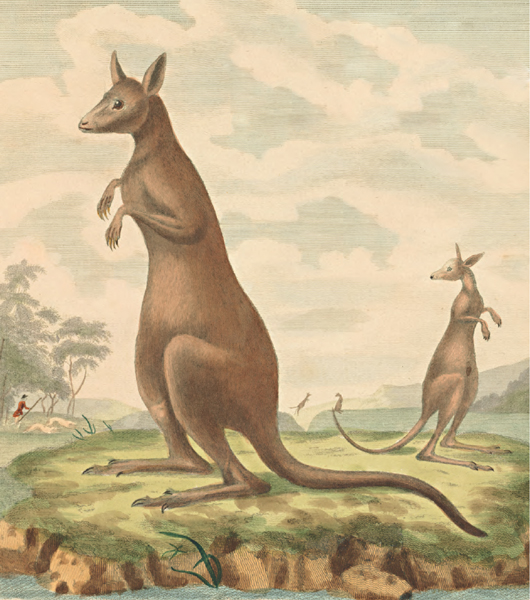
Joseph Banks is the tiny figure in the background of this painting, chasing kangaroos at Endeavour River with his greyhounds. Despite having spent time at Botany Bay in New South Wales, Banks didnt see any kangaroos until he was shipwrecked in Queensland. This may be because kangaroos tend to graze during the early morning or late afternoon and evening, seeking shade in the heat of the day.
A couple of days later, Captain Cook stopped Banks for a conversation.
Next page
